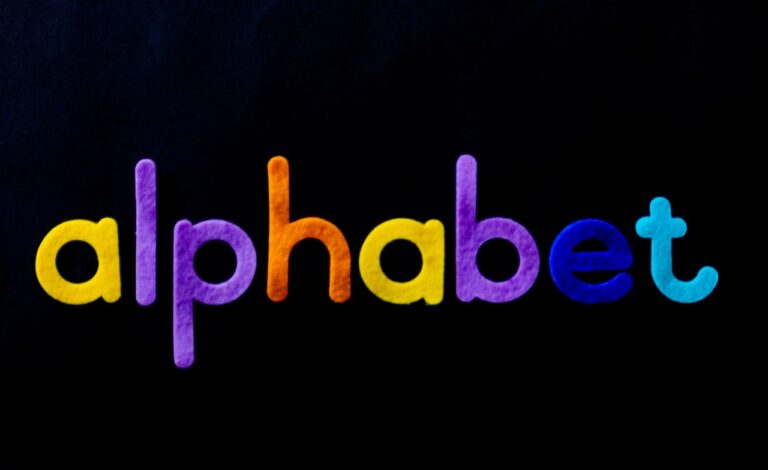In the world of branding and marketing, your logo is the face of your business. It’s the first thing people see and the symbol they associate with your brand. A memorable logo can convey your brand’s identity, values, and mission in a single glance. In this article, we will delve into the art of creating memorable logo design and the secrets to crafting an emblem that leaves a lasting impression.

The Power of a Memorable Logo
A logo is more than just a visual mark; it’s a powerful tool for brand recognition and communication. A well-designed logo can convey the essence of your brand and evoke emotions and memories in your audience. It’s the cornerstone of your brand identity and sets the tone for all your marketing efforts.
Simplicity is Key
One of the fundamental principles of logo design is simplicity. Memorable logos are often simple, clean, and easily recognizable. Think of iconic logos like Apple, Nike, or McDonald’s; they are all simple yet instantly recognizable. Avoid clutter and intricate details, as they can dilute the impact of your logo.
Reflecting Your Brand’s Personality
Your logo should reflect your brand’s personality and values. Consider the message you want to convey—whether it’s professionalism, creativity, or innovation—and incorporate it into your design elements. The colors, shapes, and typography you choose should align with your brand’s character.
Versatility Matters
A memorable logo should be versatile and adaptable to various platforms and contexts. It should look equally impressive on a business card, website, signage, or promotional materials. Test your logo in different sizes and formats to ensure it remains effective.
The Power of Color
Color plays a crucial role in logo design, as it can evoke emotions and convey meaning. For example, red can symbolize passion and energy, while blue often represents trust and reliability. Choose colors that resonate with your brand’s message and target audience.
Originality and Uniqueness
Your logo should stand out in a crowded marketplace. Avoid clichés and generic symbols. Originality is key to creating a memorable logo. Conduct thorough research to ensure your logo design is unique and not easily confused with others in your industry.
Timelessness
A logo should withstand the test of time. While it’s essential to stay current, overly trendy logos can quickly become outdated. Aim for a design that remains relevant for years to come, saving you from the need for frequent rebranding.
Seek Professional Expertise
Creating a memorable logo is a significant undertaking. It’s often best to seek the expertise of professional graphic designers who specialize in logo design. They can bring your vision to life and ensure your logo meets all design and branding standards.
Gather Feedback
Before finalizing your logo, gather feedback from your target audience and peers. Conduct surveys or focus groups to assess the logo’s impact and appeal. Valuable insights can help you make necessary adjustments to create the most memorable logo.
———-
Your logo is the visual representation of your brand, and it speaks volumes about who you are and what you stand for. A memorable logo is a powerful asset that can leave a lasting impression on your audience. By embracing simplicity, reflecting your brand’s personality, ensuring versatility, harnessing the power of color, prioritizing originality and uniqueness, aiming for timelessness, seeking professional expertise, and gathering feedback, you can create a logo that not only stands out but also endures.
Investing time and effort into crafting a memorable logo is an investment in your brand’s future. With the right logo, you can make a lasting impression and build a strong and recognizable brand that resonates with your audience for years to come.



